Sharpening
Sharpening seeks to restore the blunt ends of the teeth and remove micro-cracks at the base of the teeth.
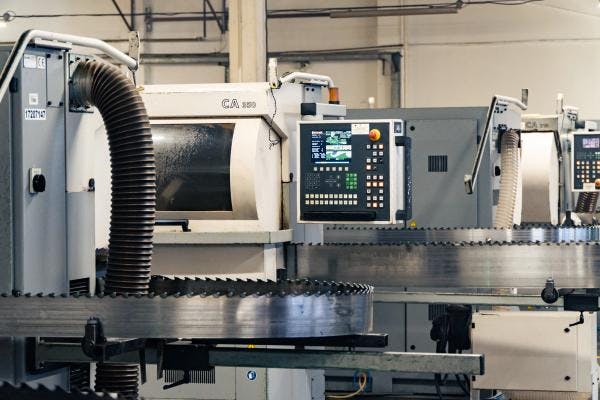
Sharpening seeks to restore the blunt ends of the teeth and remove micro-cracks at the base of the teeth. A correct sharpening require a 0.1 mm layer to be removed on the front end of the tooth and a 0.3 mm layer of material at the bottom and back of the tooth. The surface resulting after sharpening must present a metallic sheen without burn marks. The angle, depth and tooth profile are maintained.
Other services:
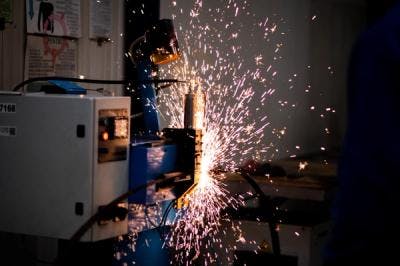
Welding
To obtain a new band saw blade, a toothed steel roll is cut to the desired length, its edges are aligned so that the tooth pitch is the same in the welding area and then welding is performed.
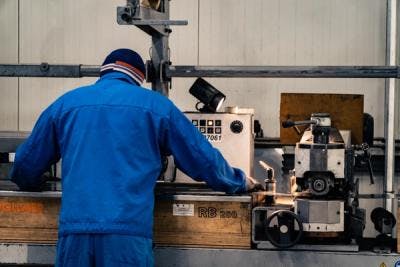
Blade setting
This is the operation whereby the tips of the teeth are bent respecting an algorithm, in order to obtain cutting surfaces if stellite tipping is not desired or not possible.

Technical support, transportation
To be in direct contact with the end users, our sales representatives are constantly travelling to their premises, following directly the debiting activity and in-house tools maintenance.

Flattening
Requests that deform the body appear during processing, resulting mainly in nonlinear cutting.

Stellite tipping
Stellite tipping is performed by applying a stellite tip on the teeth, an alloy with special properties, the main one being high wear resistance
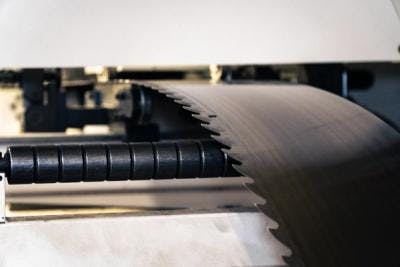
Tensioning
Tensioning is the operation whereby the band saw blade is elongated in the central area so that when it copies the profile of the flywheel when it covers it.
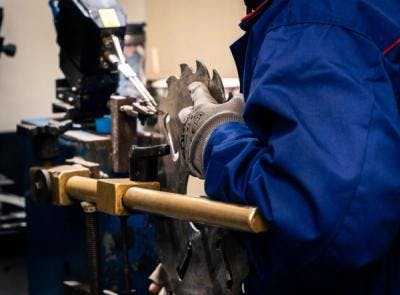
Circular blades, mills, knives, router cutter
Our www.frezalemn.ro wood processing tools repairing and maintenance workshops we offer our customers the following services

Guide for band saw blades exploitation
Band Saw blades are shaped strips with toothed edges. Band Saw blade dimensions and production characteristics depend on sawmill.